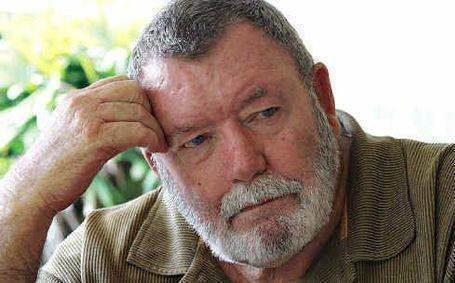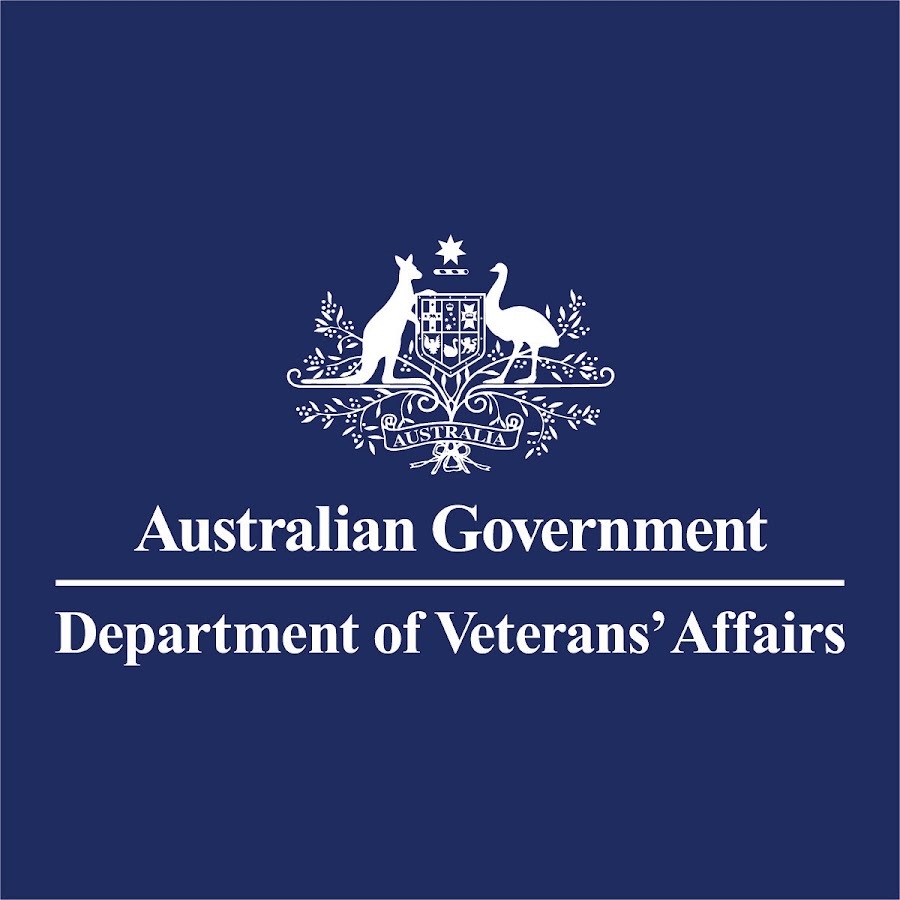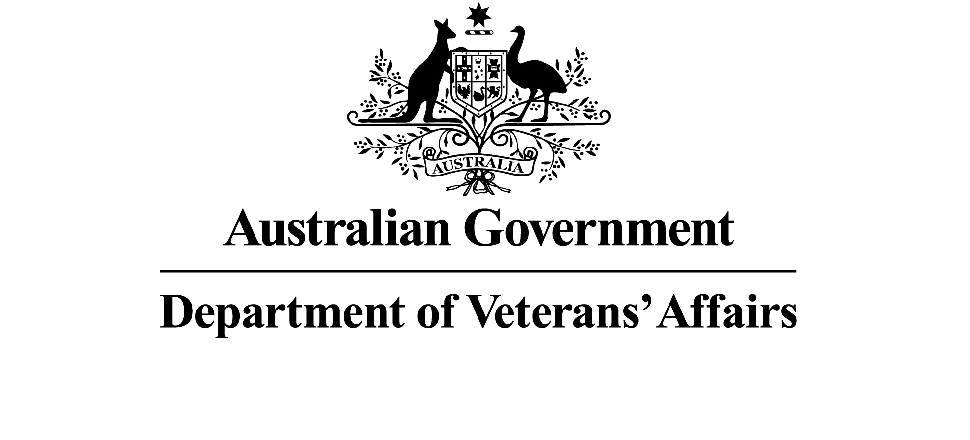As an elder, I have watched politics in Australia since I first voted at the age of 21 when in the Australian army and my interest increased after I retired at 55 and purchased my first PC in 1995.
Since arriving in Australia in my mid-teens there were, if I remember correctly, three political parties, Menzies Conservative-Liberal, the Country Party also conservative (non-urban voters) and the Australian Labor Party a socialist/communist with the Roman Catholic Church very much involved. There were strong religious opinions between the Catholics and other Christian churches after WW2 (1948). The Liberal and Country Party was strong until December 1972, when, the Labor Party under the Prime Ministership of Whitlam was voted in.
Australia was introduced to modern socialism! In hindsight 1972 was the tipping point for Australia and the introduction to disruptive unstable governance for Australia as socialist governments nationally and across all states and territories engulfed the nation, especially in the 21st century.
I believe that politics in the English-speaking nation has now become very toxic between conservatism and socialism.
I have a fundamental understanding of socialism and I am a conservative due to my preferences and an anti-socialist since the mid-1960s, due to unionism and the ALP party actions during the Vietnam War.
My political conservative development strength in the past half of a century when splintered political parties and independent politics gained strength and the Liberals across Australia self-destructed because of internal factionalism and in 2015 Turnbull and the Liberal National Parliamentarians assassinated Abbott, I do not the Liberal Party but still a conservative and staunch anti-socialist.
So, how has socialism changed during my life?
I searched Google for answers because I believe that Christian Western Democracies globally are under threat of destruction because socialism in the English democracies is gaining greater power from alliances of extreme socialist political parties in Canada/USA the UK and Australia and this seems to be reinforced as explained in this link – https://en.m.wikipedia.org/wiki/Socialism –
For me, nationalism has been weakened in English democracies and with increased displacement and migration to the EU, the UK and Australia will divide us even more over the next few decades.
Do you have the same feelings?
Bob Buick
Mountain Creek Qld 4557
0428228425










